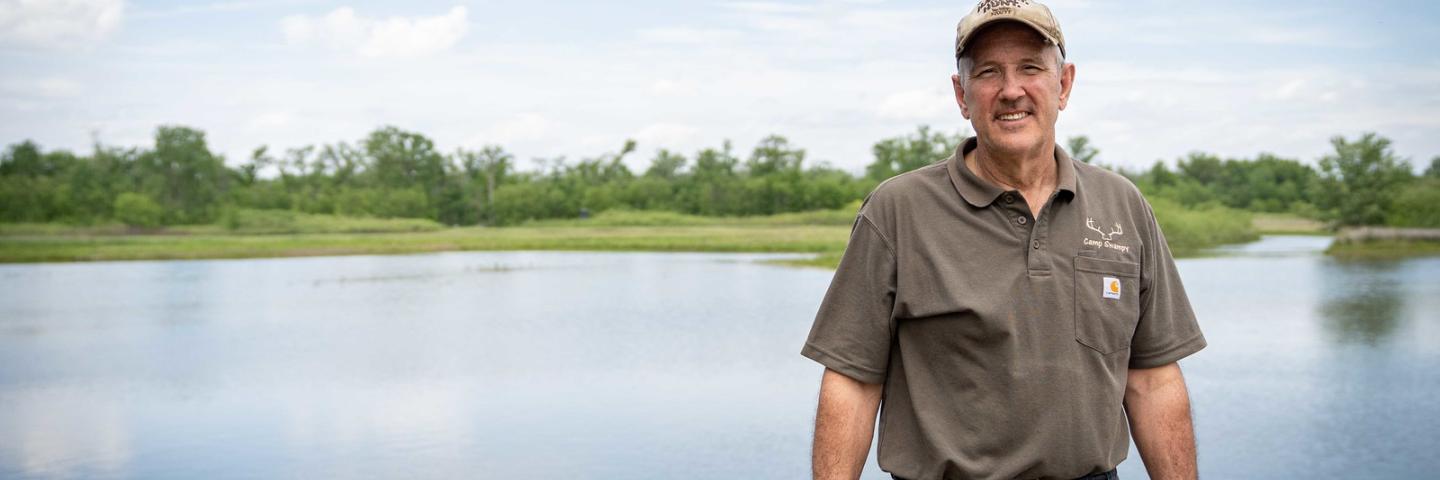
Nebraska Conservation Compliance
In order to maintain eligibility for most USDA programs, producers must comply with the Highly Erodible Land Conservation (HELC) and Wetland Conservation (WC) provisions, agreeing they will not:
-
Produce an agricultural commodity on highly erodible land without an adequate conservation system;
-
Plant an agricultural commodity on a converted wetland;
-
Convert a wetland to make possible the production of an agricultural commodity.
How to Ensure Compliance
Producers self-certify compliance by filing Form AD-1026 when enrolling in USDA programs. If unsure if an AD-1026 is filed for your land, contact a Farm Service Agency (FSA) representative at the local USDA Service Center.
Once the form is accurately completed and filed, it remains effective, unless changes to the agricultural operation occur and/or new activities arise which change the previous self-certification (for example, the intent to bring new land into production or install new drainage structures). The form is not specific to a particular crop. It covers all land that a producer farms.
Technical Determinations
The filing of the AD-1026 may trigger USDA to provide a determination to the producer in order to communicate whether the identified field contains wetlands or has highly erodible lands. The Natural Resources Conservation Service (NRCS) is responsible for making these determinations. Many determinations can be made using off-site methods. NRCS develops a preliminary technical determination for the producer to review and a new or additional field visit can be requested through an appeal.
Highly Erodible Land
The Food Security Act's highly erodible land (HEL) provisions are designed to protect the Nation's long-term capability to produce food and fiber. HEL is land that can erode at an excessive rate because of soil properties, leading to long-term decreased productivity. Highly erodible land is designated on a field basis and based on the proportion of the total field acreage that contains highly erodible soils. Producers of agricultural commodities must manage HEL fields according to an NRCS approved conservation plan or conservation system.
Wetlands
The Food Security Act's wetland conservation provisions are designed to preserve the values, acreage, and functions of the Nation's wetlands. A wetland is an area that is inundated or saturated by surface or ground water at a duration to support plants adapted to grow in water. A wetland also has a predominance of hydric, or wet, soils. In general, producers may farm these areas when conditions permit but may not convert the wetland through removal of water or trees. Producers also cannot plant an agricultural commodity on a wetland previously converted by someone else.
Nebraska
The Natural Resources Conservation Service (NRCS) is responsible for providing program participants technical assistance and determinations to assist them in complying with the provisions.
Highly Erodible Land Conservation Provision Contact
State Conservation Agronomist
(402) 437-4164
Wetland Conservation Provision Contact
Wetlands Coordinator
(402) 437-4047
HELC/WC Technical Resources
Given the geographical differences of wetlands, soils, and climate in each State; information and technical resources specific to Nebraska implementation of the HELC/WC provisions are provided below:

